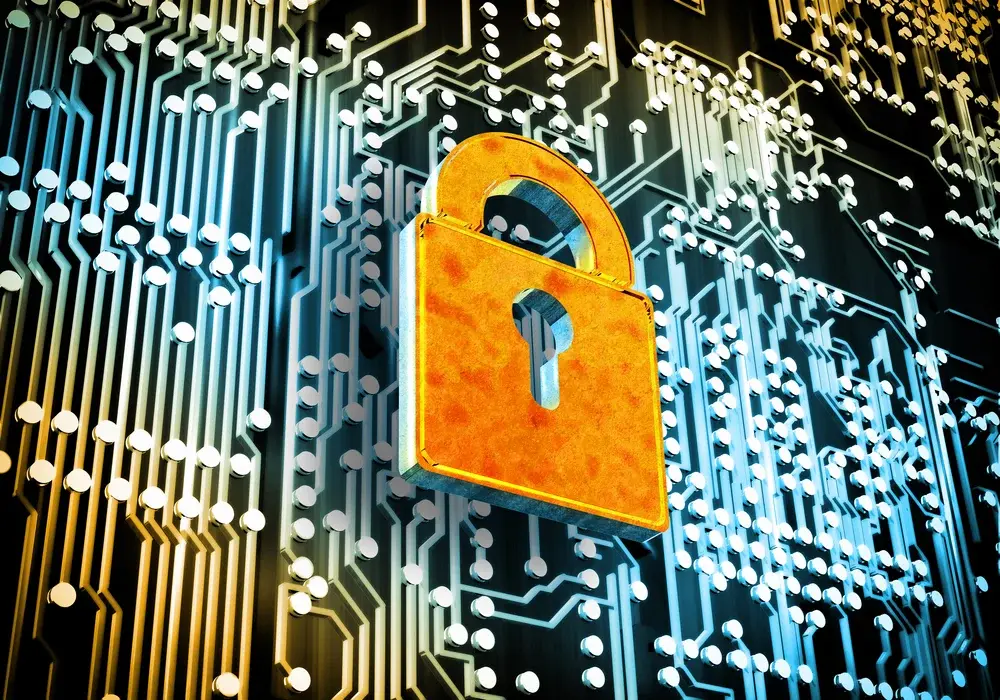How cyber attackers get into a school
Schools today are increasingly targeted by cyber attackers who use sophisticated methods to breach networks and steal or manipulate sensitive data. A...
2 min read
 Mark Orchison
:
May 19, 2023 9:49:25 AM
Mark Orchison
:
May 19, 2023 9:49:25 AM

Cyber threats will continue to evolve at the same pace as all other technological developments, benefiting cyber criminals to the same extent as it benefits people and organisations. With the growing prevalence of AI and machine learning, experts are warning that the risk of cyber attacks is set to increase dramatically. One of the biggest concerns is the prospect of AI being used to launch automated cyber attacks.
Currently, most cyber attacks require human intervention at some point. A hacker needs to identify a vulnerability in a system, create an exploit, and then manually deploy it. However, as AI and machine learning continue to evolve, it will become increasingly possible for machines to take over these tasks.
AI has already shown its potential for automation in many areas of our lives. For example, it is being used to optimise logistics, identify medical diagnoses, and even to create music. But with AI's ability to process vast amounts of data and learn from past experiences, it is also capable of creating highly sophisticated attacks that can bypass traditional security measures.
One of the biggest challenges of AI-generated cyber attacks is that they can happen in real-time. With the ability to detect and exploit vulnerabilities almost instantly, attackers could potentially wreak havoc on a organisation's systems before anyone even realises what is happening.
Furthermore, with the ability to learn and adapt to changing circumstances, AI-powered attacks are likely to become even more sophisticated over time. This means that even companies with the most advanced cybersecurity measures could still be at risk of an attack.
The implications of AI-generated cyber attacks are vast. They could be used to steal sensitive data, disrupt critical infrastructure, or cause widespread chaos. And with the increasing reliance on technology in every aspect of our lives, the potential consequences are becoming more severe.
So, what can be done to prevent AI-generated cyber attacks? One solution is to increase investment in cybersecurity measures that can detect and respond to automated attacks in real-time. This includes deploying machine learning algorithms to identify suspicious patterns and behaviours on a network, as well as implementing more advanced authentication measures.
Another approach is to focus on developing AI systems that are themselves resilient to attacks. By building AI with security in mind from the ground up, it may be possible to create systems that are less vulnerable to exploitation by attackers.
Ultimately, the rise of AI-generated cyber attacks is a reminder that cybersecurity must remain a top priority for organisations of all kinds - especially those in education. With the potential for catastrophic consequences, the stakes have never been higher. By investing in professional development of your tech team, vulnerability awareness and working to create more resilient systems, you can help to mitigate the risks and protect against the future threat of AI-powered attacks.
.png)
Schools today are increasingly targeted by cyber attackers who use sophisticated methods to breach networks and steal or manipulate sensitive data. A...

Cybersecurity can be daunting at the best of times, but it doesn’t have to be. When we speak of the term ‘cybersecurity’, we are actually speaking of...

Recent research from Microsoft suggests that education providers across the world are increasingly falling victim to malware encounters. In January...